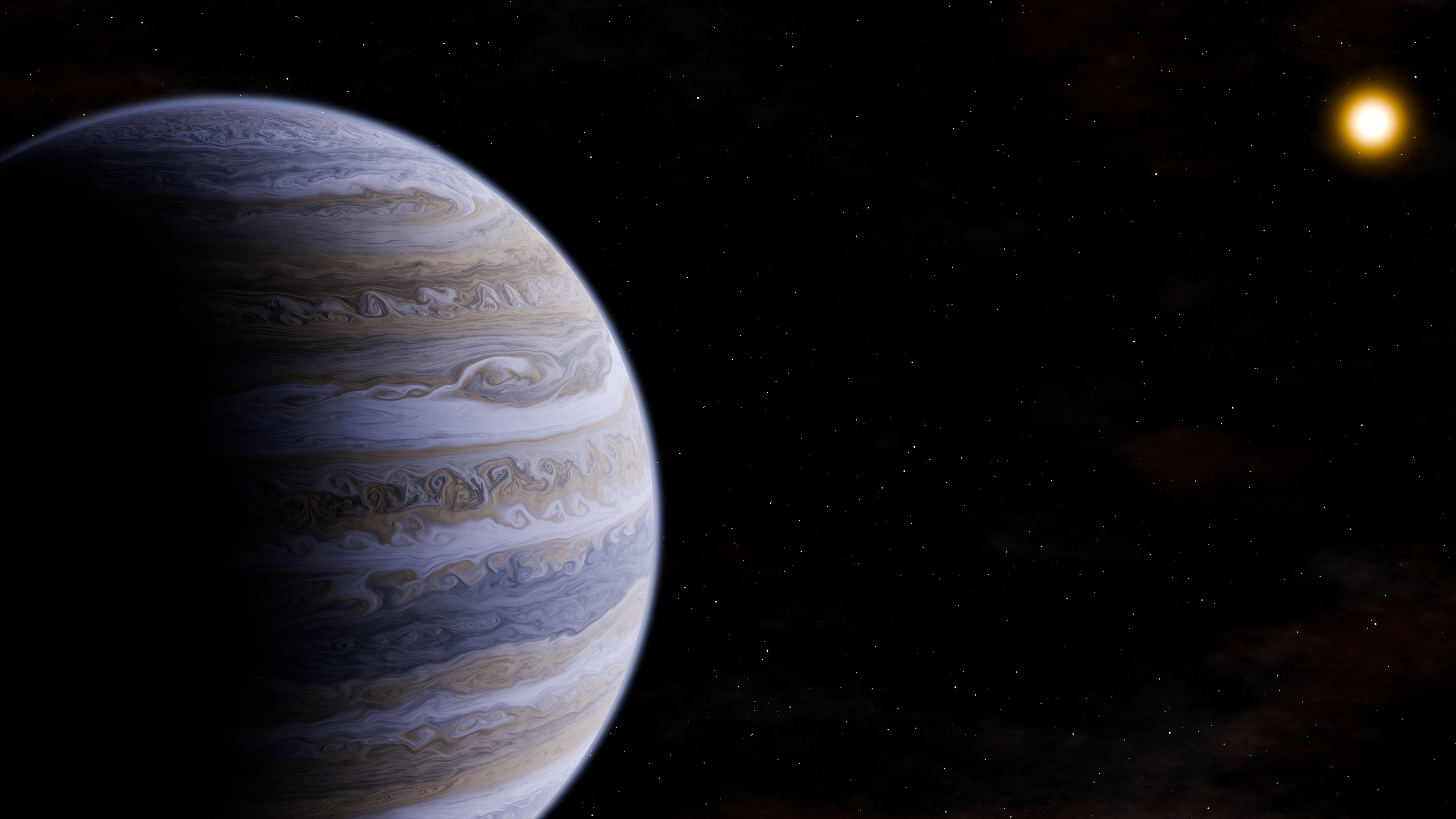Media release
From:
The discovery of a ‘super-Jupiter’ giant exoplanet orbiting a nearby, approximately 3.5-billion-year-old solar-type star is reported in Nature. The observations, from the JWST, were made owing to previous predictions of a planet orbiting the star. However, the properties of the newly discovered planet differ from previous analyses of this system.
Epsilon Indi A, a mere 3.6 parsecs away from Earth, is a main-sequence (hydrogen-burning) star, an orange dwarf that burns at a slightly lower temperature than the Sun (a G-type yellow dwarf). Previous analyses of this star have indicated that it may host a giant planet, but direct observations have been lacking. The direct imaging of a planet by JWST, reported by Elisabeth Matthews and colleagues, offers new insights into the properties of this system.
The observed planet is remarkably bright and cold, with a temperature of around 275 K and a mass more than six times that of Jupiter. It is currently located at a projected distance of 15 astronomical units (au; 1 au is the average distance between Earth and the Sun), with a predicted orbital period of at least several decades. The properties of this planet differ from those of a previously predicted ‘planet b’, which led the authors to reassign the b name to the new planet: Eps Ind Ab. The data indicate that this is probably the only giant planet in the system, the authors conclude



 International
International



